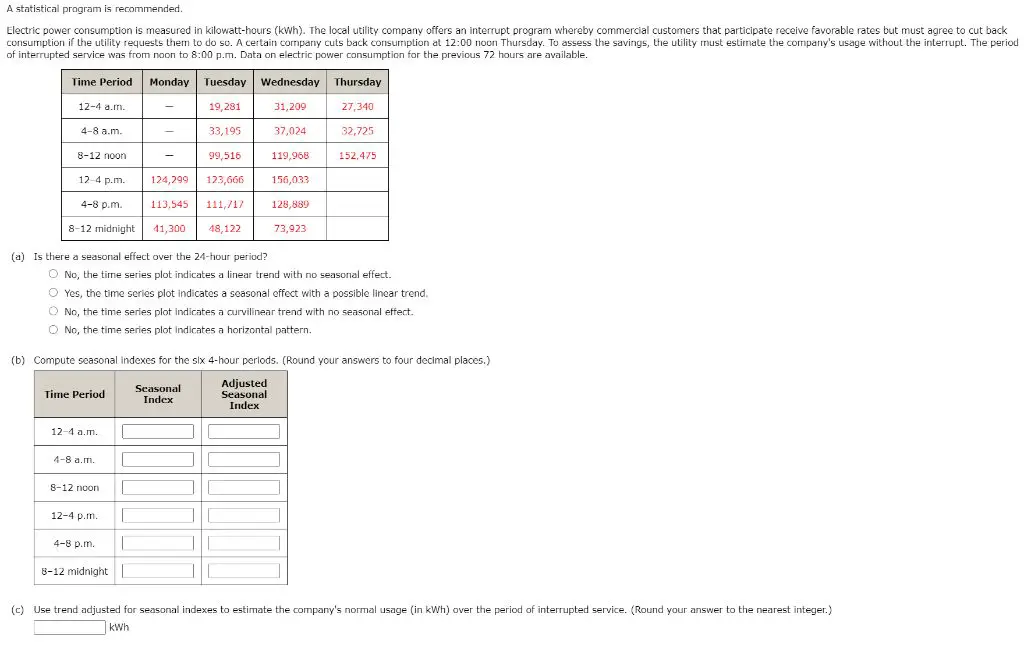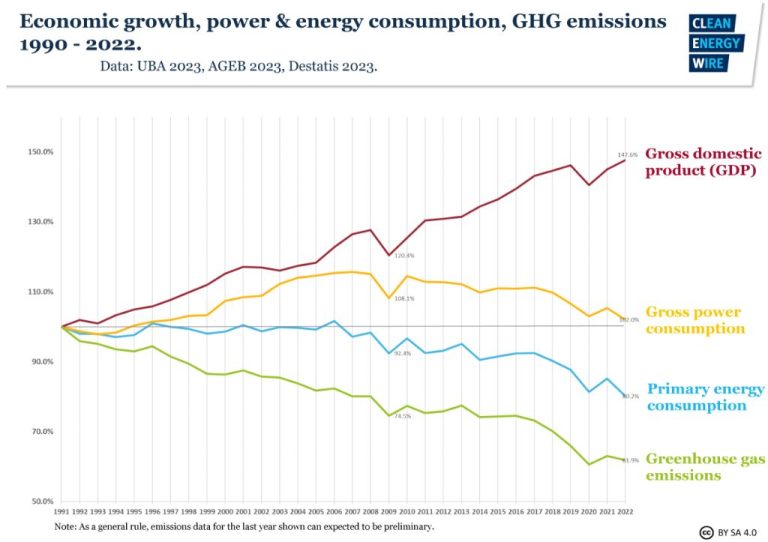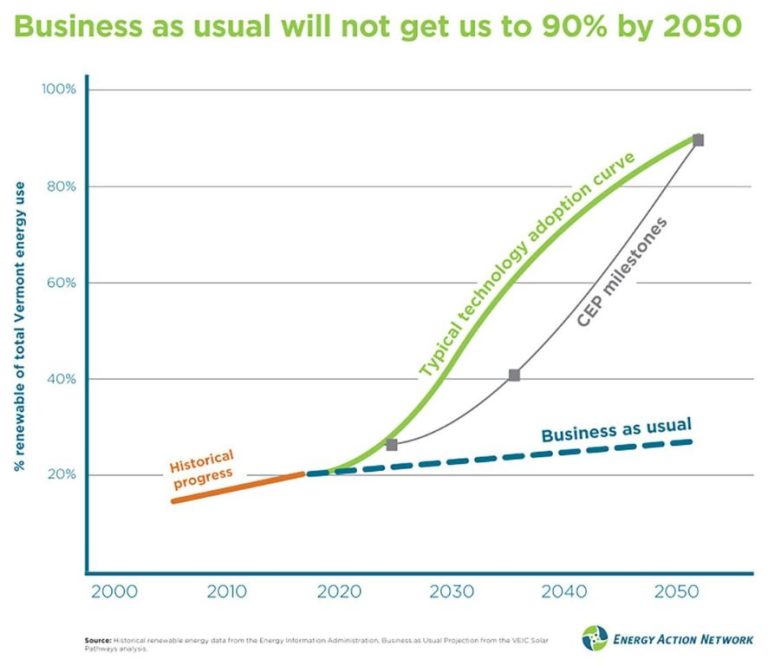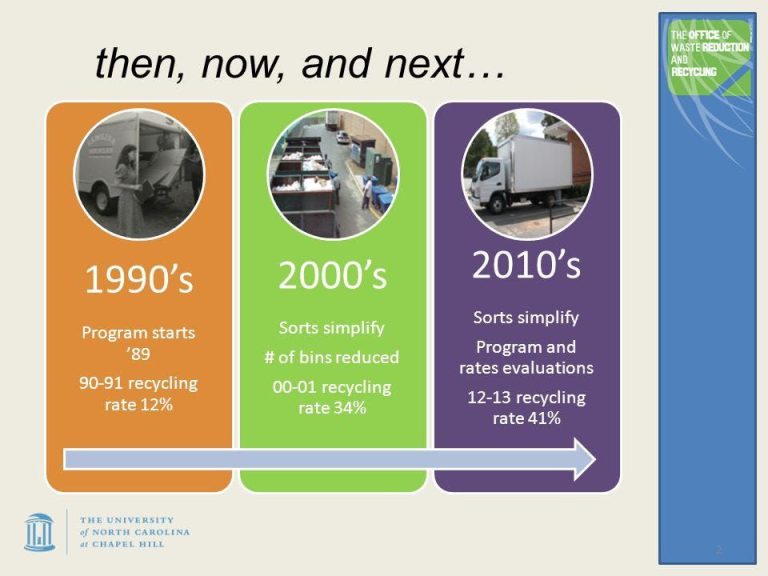What Is The Electrical Term Kw?
What is a Kilowatt?
A kilowatt (kW) is a unit of power that measures the rate of energy transfer or consumption. Specifically, a kilowatt equals 1,000 watts. A watt itself is equal to 1 joule of energy per second. Therefore, a kilowatt is equivalent to 1,000 joules per second or 3,600,000 joules per hour.
As a unit of power, the kilowatt quantifies the rate of energy flow, not the total amount of energy. For example, a lightbulb with a power rating of 100 watts consumes energy at a rate of 0.1 kilowatts.
Kilowatts are commonly used to measure the output of electrical generators, motors, appliances, and other devices. Kilowatts can also quantify the rate of consumption for applications like electrical heating, laser output, and some industrial processes.
Compared to other power units, 1 kilowatt equals about 1.34 horsepower or 2,545 BTU per hour. So a 2,000 watt electric heater provides about 2.7 horsepower of heating power.
In summary, the kilowatt is the standard metric unit for measuring power, specifying the rate of energy usage or production. It equals 1,000 watts or 1,000 joules per second.
Kilowatts vs Kilowatt-hours
The terms kilowatt (kW) and kilowatt-hour (kWh) refer to different but related measurements in electricity. The main difference between kW and kWh is that the kilowatt measures power while the kilowatt-hour measures energy usage over time.
Power is the rate at which energy is transferred or consumed. It measures how much electricity you are using at any given moment, similar to the speedometer on a car. For electricity, power is measured in watts, kilowatts, megawatts, etc.
Energy usage is the amount of power consumed or work done over time. For electricity, it’s measured in watt-hours, kilowatt-hours, megawatt-hours, etc. So while power is an instantaneous measurement, energy usage accounts for power usage over time.
For example, a 100-watt light bulb uses 100 watts of power. If the light bulb stays on for 10 hours, it will consume 1,000 watt-hours or 1 kilowatt-hour of electricity over that time period. Kilowatt-hours are commonly used for metering and billing electricity usage for homes and businesses over a month or year.
So in summary, the kilowatt (kW) measures the rate of electrical power, while the kilowatt-hour (kWh) measures the total energy used based on power consumption over time.
Measuring Electric Power
Kilowatts measure the rate of electric energy transfer, also known as electric power. Power is the product of voltage and current. For example, if an electrical circuit has a voltage of 120 volts and a current of 15 amps, the power equals 120 x 15 = 1,800 watts, or 1.8 kilowatts.
Appliances and devices are often labeled with their electrical power rating in watts or kilowatts. Some examples include:

- Light bulb: 60W
- Laptop charger: 45W
- Clothes dryer: 5,000W or 5kW
- Electric oven: 12,000W or 12kW
So in summary, the kilowatt is a unit for measuring the rate of electric energy transfer. By understanding power equals voltage multiplied by current, you can calculate the kilowatt usage of any electrical device or appliance.
Calculating Kilowatt Usage
Kilowatt usage can be calculated from kilowatt-hour (kWh) usage, which is a common way to measure electric energy consumption. Here’s the formula:
Kilowatts (kW) = Kilowatt-hours (kWh) / Hours (h)
For example, if you use 20 kWh of electricity over a 5 hour period, your kilowatt usage would be:
kW = kWh / h
kW = 20 kWh / 5 h
kW = 4 kW
This same formula can be applied to calculate the kilowatt usage of appliances by looking at the kWh rating on the appliance and estimating hours of use. For example, a washing machine rated at 0.5 kWh used for 1 hour would consume:
0.5 kWh / 1 h = 0.5 kW
For an electric bill, the kWh usage is usually provided for a full month. To determine average kW, divide the monthly kWh by the number of hours in the month.
For example, if your June electric bill shows 300 kWh of usage, calculate kW as:
300 kWh / 720 hours (in June) = 0.42 kW average usage
This simplified calculation provides a rough estimate of kilowatt usage over time. More advanced metering equipment can measure and record instantaneous kW demand and usage.
Kilowatts in Home Electricity
A typical home in the United States uses around 900-1300 kilowatt-hours (kWh) of electricity per month. This equates to an average power usage of 30-40 kilowatts (kW). Looking at specific home appliances and devices provides a better understanding of electricity consumption in kilowatts:
- Air Conditioner – Uses around 3-5 kW when running
- Clothes Dryer – Uses around 4-5 kW when running
- Dishwasher – Uses around 1.5-2.5 kW when running
- Refrigerator – Runs continuously using around 0.1 kW
- LED Light Bulb – Uses around 0.01-0.02 kW per bulb
- Laptop Charger – Uses around 0.05-0.1 kW when charging
High wattage appliances like air conditioners, clothes dryers, and ovens consume electricity in kilowatts and are the biggest contributors to overall home energy usage. Lower wattage devices like lights, electronics, and small appliances use relatively little power in kilowatts individually but can add up over time across many devices.
Kilowatts in Electric Vehicles
Electric vehicle motors are rated in kilowatts (kW) to indicate their power output. The higher the kW rating, the more powerful the motor is. Most mainstream electric cars have motors in the range of 100-300kW. High-performance luxury models may have motors over 400kW.
For example, the 2022 Tesla Model 3 has a rear-wheel drive motor rated at up to 258kW and an all-wheel drive dual motor version rated at up to 462kW. The 2022 Porche Taycan has motors rated at up to 560kW. Comparing kW ratings gives a sense of relative power between different electric vehicle models.
Charging electric vehicle batteries is also measured in kilowatts. Faster charging requires more kilowatts delivered over a shorter period of time. Most home EV chargers deliver between 3-11kW. Public fast chargers can deliver between 50-350kW. The higher the kW rating, the faster the EV battery can be recharged. For example, a 350kW charger can add approximately 200 miles of range in 15 minutes for capable EVs.
Kilowatts in Solar Panels
Solar panel output is commonly measured in kilowatts (kW). This refers to the peak power rating of the solar panels under optimal conditions. For example, a 5 kW solar array could produce up to 5,000 watts of power at its maximum productivity.
Typical residential solar arrays range from 5-10 kW in size on average. A 5 kW system with a south-facing orientation is generally sufficient for the average home’s electricity needs. Larger homes or those with electric vehicles may opt for 8-10 kW systems or more. Commercial solar installations are often in the range of 10-100 kW depending on the business’ energy requirements.
When determining what size solar array to install, it’s important to consider factors like roof space, energy usage, local solar resources, and budget. A properly sized system in kW will provide ample solar production to offset a major portion of the home or business’s electrical load.
Kilowatts in Electrical Utilities
Electric utilities manage the generation, transmission, and distribution of electric power in kilowatts. Power plants generate electricity on a massive scale, typically measuring their capacity in megawatts (MW) or gigawatts (GW). For example, a typical coal power plant may have a generating capacity of 500 MW. That means it can produce 500,000 kW of continuous power.
To effectively meet demand, utilities closely monitor electricity usage and forecast future kilowatt requirements. Usage tends to fluctuate during different seasons and times of day. Utilities will adjust generating capacity and electricity purchases to make sure they can supply enough kilowatt-hours at all times. During peak demand periods, extra generating plants may need to come online to avoid power shortages.
Utilities also manage pricing and billing based on kilowatt-hour usage. Customers are charged for the kilowatt-hours consumed each billing cycle. The rate price per kWh depends on factors like fuel costs, infrastructure maintenance, and regulations in that region. Utilities use kilowatt demand forecasting to make sure they generate enough revenue to sustainably deliver power.
Kilowatt Usage by Industry
Electricity usage in kilowatts can vary widely between different industries and sectors. Here is a comparison of typical kW demand for commercial and industrial applications:
Most commercial buildings such as offices, retail stores, and warehouses have a kW demand between 1-20 kW. For example, a small office may only require 5-10 kW to power lights, computers, HVAC systems, and other equipment. A large department store could have a demand of 50-100 kW.
On the industrial side, a factory or manufacturing facility often has a kW usage in the hundreds or even thousands of kilowatts. An automobile assembly plant may have a demand of 5,000 kW or more. A large steel mill could require over 50,000 kW. The most electricity-intensive industrial facilities like aluminum smelters and server farms can even exceed 100,000 kW.
Some key factors that determine electricity usage in kW for commercial and industrial facilities include:
- Building size and number of workers
- Type of equipment and machinery used
- Number of shifts per day and hours of operation
- Energy efficiency of lighting, HVAC and processes
- Seasonal variations in heating/cooling needs
By analyzing these factors and improving energy efficiency, companies can optimize their kilowatt usage for cost savings.
Global Electricity Usage in Kilowatts
Electricity usage varies significantly between countries around the world. According to the International Energy Agency, global electricity consumption in 2019 was estimated to be around 22,315 TWh, the equivalent of over 2.5 trillion kilowatt-hours. This equals an average power consumption of around 2,500 gigawatts.
Looking at total electricity usage, China consumes the most electricity in kilowatt-hours, reaching over 7000 TWh in 2019. The United States comes in second, consuming about 4,000 TWh. Other top consumers include India, Russia, Japan and Germany. However, on a per capita basis, usage is much higher in developed countries like Iceland, Norway and Canada, which consume over 15,000 kWh per person. Developing nations consume far less, with India at just over 1,000 kWh per capita, and Nigeria below 500 kWh. Overall, the worldwide per capita average is around 3,000 kWh.
Global electricity demand continues to rise each year, driven by population growth, economic development and new uses of electricity. Electricity usage is projected to grow fastest in emerging economies as they industrialize and connect more households. However, improvements in energy efficiency and conservation efforts may curb demand growth in some regions. Tracking kilowatt usage provides insight into economic activity, living standards and energy transitions worldwide.







